Part 3 of 3 Parts (Please read Parts 1 and 2 first)
After President Barack Obama took office in 2009, the Democratic administration deleted funding for new nuclear waste-recycling research from the Energy Department’s budget. The Obama administration also canceled the Yucca Mountain storage project in what the federal Government Accountability Office later decided was a political decision made to appease the Nevada constituents of then-Senate Majority Leader Harry Reid (D-N.V.).
Federal law dictates that Yucca Mountain be the first nuclear waste repository in the country. This means that the U.S. can not consider alternative sites to bury spent nuclear fuel until Congress changed the law.
The Nuclear Regulatory Commission stopped working on a rule to give nuclear recycling companies guidelines for ultimately securing a license in 2021. Piercy said, “At some point, they’re going to have to pick it back up again.”
The funding in the latest bill could put pressure on the agency to restart the process. Piercy remarked that,
“It doesn’t need to happen overnight…. I don’t think commercial recycling is going to happen in the next decade. But it makes sense to start now in clearing out the regulatory barriers to allow commercial recycling.”
In 2022, Russia invaded Ukraine, creating chaos in energy markets as European democracies sought to stop buying natural gas and oil from Moscow. The skyrocketing prices that came from brief missed shipments of fuel highlighted a key benefit of nuclear power. Nuclear reactors only need to be refueled every few years, insulating countries from price fluctuations in globally traded fossil fuels.
There was one major problem with purchasing nuclear fuel from Russia. The state-owned nuclear company, Rosatom, is the world’s biggest exporter of nuclear technologies and the only commercial vendor for a key type of uranium fuel needed for next-generation reactors.
Moscow’s dominance in nuclear energy is so important to the world that, even as the U.S. and its allies have sanctioned virtually every major energy export coming from Russia, Rosatom remains untouchable.
The Biden administration has begun spending millions of dollars to generate more of that rare type of nuclear fuel, called high-assay low-enriched uranium, or HALEU (pronounced HAY-loo). The U.S. House of Representatives spending bill includes as much as two and a half billion dollars for producing both traditional nuclear fuel and HALEU at home in the U.S.
The U.S. government has so far prohibited funding for HALEU from going to companies making the fuel out of spent nuclear fuel. The Energy Department has previously said it could not guarantee that the HALEU fuel made from spent nuclear fuel would meet the purity standards required for the new advanced reactors.
The Energy Department is already recycling its own nuclear waste to generate HALEU fuel. Roughly half of this HALEU fuel so far has gone to Oklo Inc. The Energy Department said it has plans to finish reprocessing all ten metric tons of HALEU from an old research reactor at the Idaho National Laboratory in 2028.
McGinnis said, “We’re reprocessing with taxpayer dollars right now. We’ve known how to do reprocessing since freaking Oppenheimer. They’re already doing it.”
Blog
-
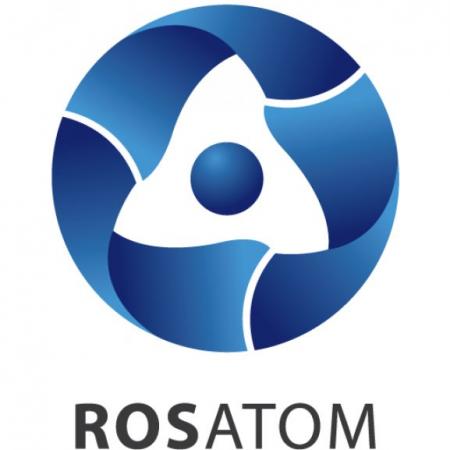
Nuclear Reactors 1355 – U.S. Renews Interest In Recycling Spent Nuclear Fuel – Part 3 of 3 Parts
-
Nuclear News Roundup March 06, 2024
Nuclear Watch Group plans Wise County meetings presence | News | timesnews.net
UN nuclear chief tells Japan transparency is ‘very important’ in ruined nuclear plant’s discharges myjournalcourier.com
Poland discusses cooperation on nuclear power with US, says Polish president uk.yahoo.com
Fears mount as Iran inches closer to potential atomic weapon capabilities amid rising regional tensions foxnews.com
-
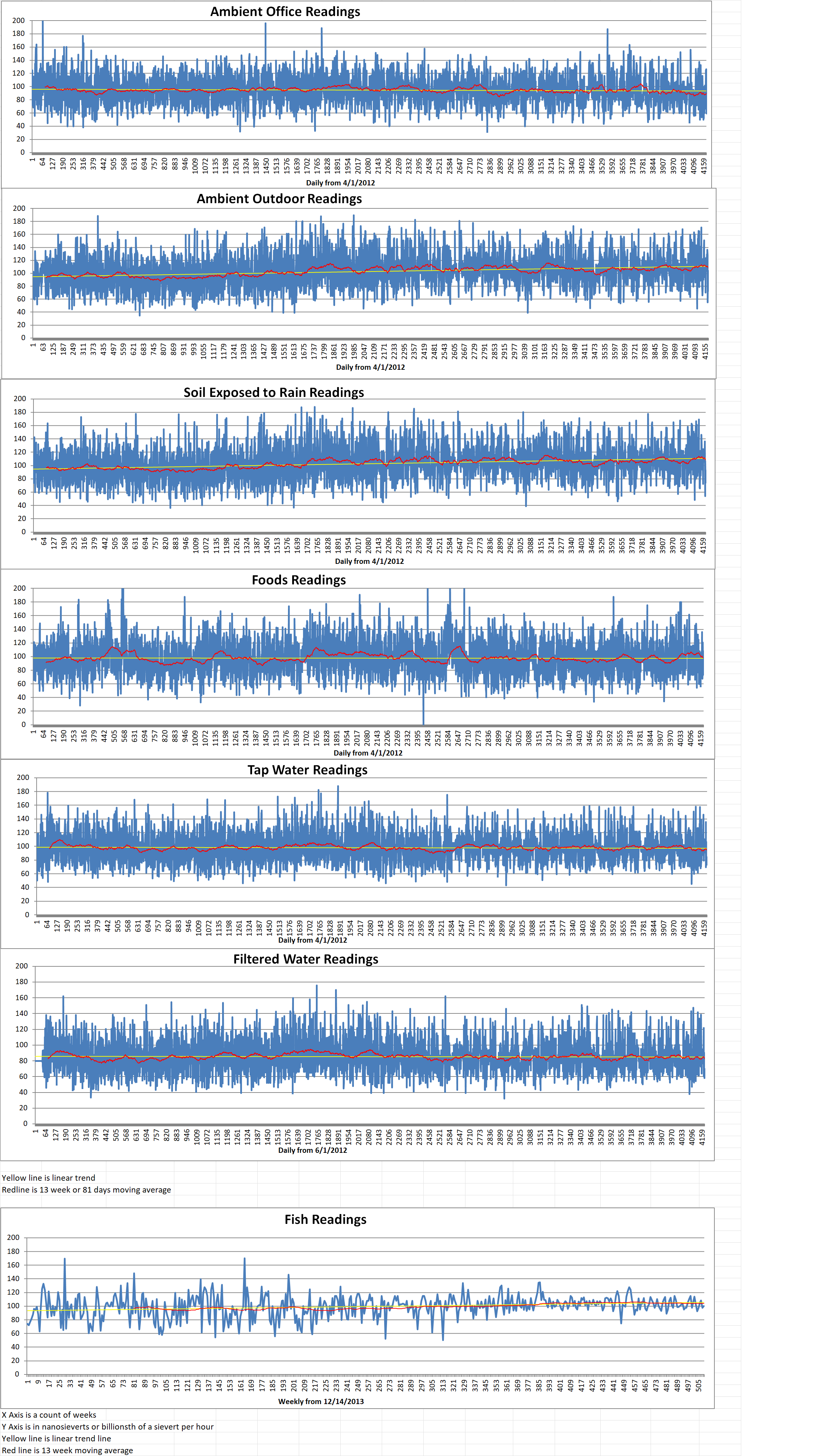
Geiger Readings for March 06, 2024
Ambient office = 59 nanosieverts per hour
Ambient outside = 73 nanosieverts per hour
Soil exposed to rain water = 74 nanosieverts per hour
Avocado from Central Market = 108 nanosieverts per hour
Tap water = 84 nanosieverts per hour
Filter water = 70 nanosieverts per hour
-
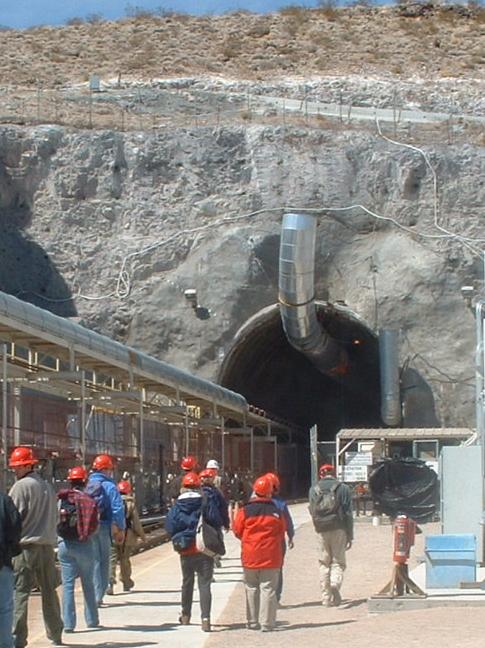
Nuclear Reactors 1354 – U.S. Renews Interest In Recycling Spent Nuclear Fuel – Part 2 of 3 Parts
Part 2 of 3 Parts (Please read Part 1 first)
The industrial conglomerate Allied Corp. has now become part of the chemical giant Honeywell. Allied was an American company formed in 1920 and had operations in the chemical, aerospace, automotive, oil and gas industries. Allied partially built the nation’s first nuclear fuel reprocessing facility in Barnwell, South Carolina, in the early 1970s. In 1985 Allied merged with the Signal Companies to become AlliedSignal. In 1999, AlliedSignal bought Honeywell and adopted its name.
In April of 1977 Carter banned nuclear waste recycling. This was meant to be a show of personal restraint designed to give the U.S. the moral high ground to urge other countries not to develop more nuclear enrichment capabilities. The recycling ban came three years after India became the first country to develop an atomic bomb since much of the world signed on to the 1968 Treaty on the Non-Proliferation of Nuclear Weapons.
In 1978, the U.S. Department of Energy began studying whether the federal government could bury all its spent nuclear fuel permanently in an old salt mine under Nevada’s Yucca Mountain. Carter’s successor, President Ronald Reagan, reversed the ban on nuclear recycling.
Reagan signed the Nuclear Waste Policy Act in 1982, which shifted responsibility for spent nuclear fuel from the utilities generating the waste to the federal government. reprocessing. In 1999, the U.S. government promised to construct a geological repository for spent nuclear fuel that would be paid for by a fee charged to the operators of U.S. commercial power reactors. In 1982, Reagan signed the Nuclear Waste Policy Act in 1982, which shifted responsibility for spent nuclear fuel from the utilities generating the waste to the federal government. This eliminated any financial incentive for private companies to come up with a way to deal with the spent nuclear fuel.
Unfortunately, as administrations changed, the U.S. government decided to cancel the Yucca Mountain facility. The billions of dollars that Allied Corp lost on the Yucca Mountain facility dissuaded any other companies from attempting to build a nuclear recycling plant in the U.S.
In the meantime, construction of new commercial nuclear reactors in the U.S. slowed. Vast deposits of uranium across the American West and in trading partners like Canada insured that there would be plenty of fuel for future reactors. This reduced interest in recycling spent nuclear fuel into new fuel.
In the 1990s, the Clinton’s administration made a deal with the newly post-Soviet Russia to buy any nuclear fuel made from disassembled atomic weapons. The weapons-grade materials were removed from nuclear warhead and then diluted with U-238 until they were below twenty percent fissile materials which would be suitable for reactor fuel. Unable to compete with the cheap imports, much of the domestic nuclear enrichment industry went out of business.
In the early 2000s, the U.S. planned a new reactor building program as part of an effort to cut carbon emissions and reduce dependence on imported fossil fuels. President George W. Bush pushed to finish building the Yucca Mountain storage facility. Congress funded the creation of a research program for nuclear recycling. This program was called the Advanced Fuel Cycle Initiative. In 2006, that program was integrated into the Global Nuclear Energy Partnership. The partnership is a U.S.-led effort to promote safety standards for nuclear facilities worldwide. It also limited which countries could purchase uranium-enrichment technologies.Please read Part 3 next
-
Nuclear News Roundup March 05, 2024
UN nuclear chief visits Japan to examine Fukushima wastewater release and talk atomic cooperation bgdailynews.com
Russia can start ground invasion of NATO countries without using nuclear weapons yahoo.com
Atomic Canyon Emerges from Stealth with Neutron, an AI-powered Search Platform Designed to Energize the Nuclear Sector prnewswire.com
Nuclear Watch Group plans Wise County meetings presence timesnews.net
-
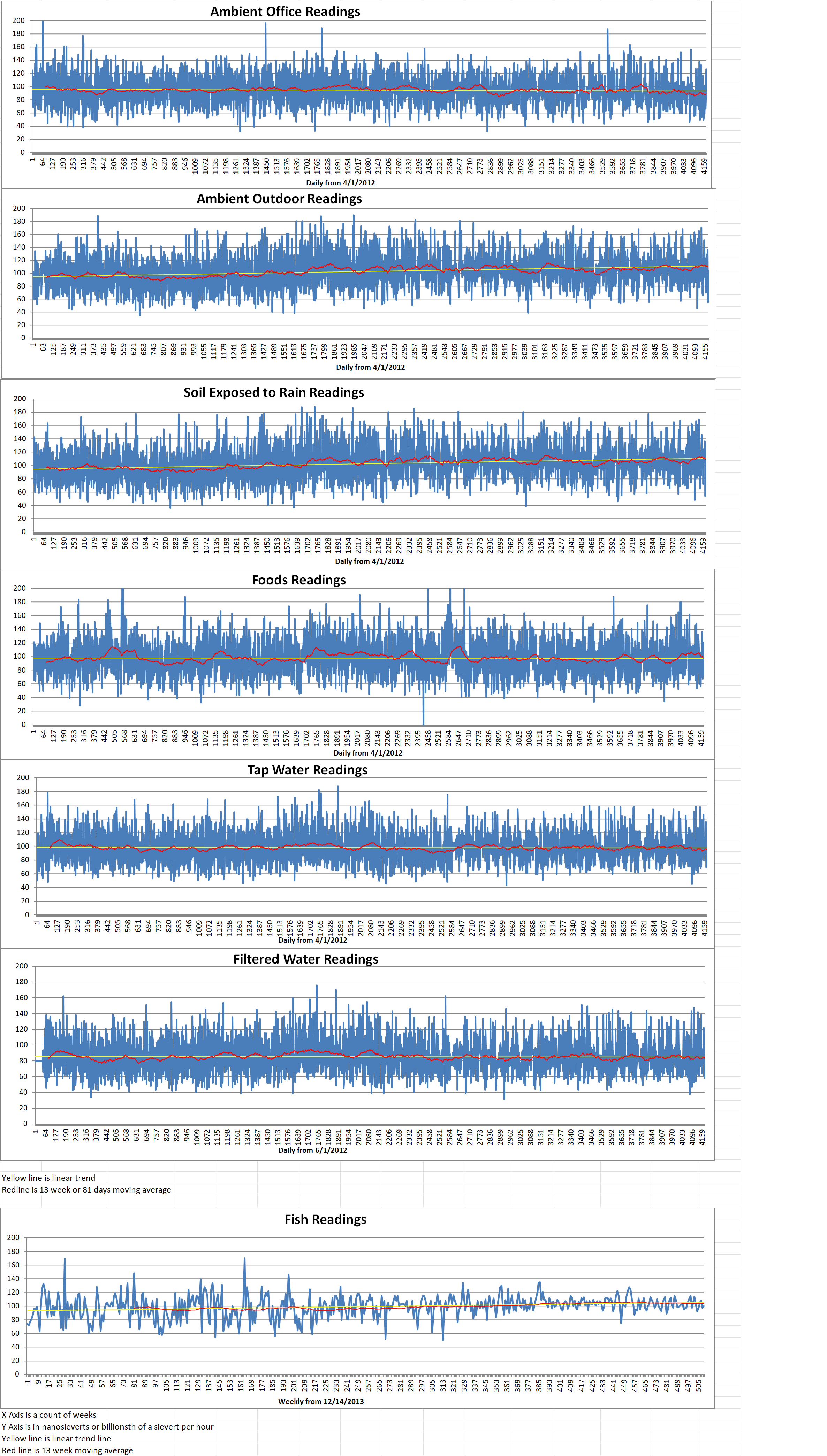
Geiger Readings for March 05, 2024
Ambient office = 94 nanosieverts per hour
Ambient outside = 95 nanosieverts per hour
Soil exposed to rain water = 93 nanosieverts per hour
Tomato from Central Market = 108 nanosieverts per hour
Tap water = 73 nanosieverts per hour
Filter water = 58 nanosieverts per hour
-
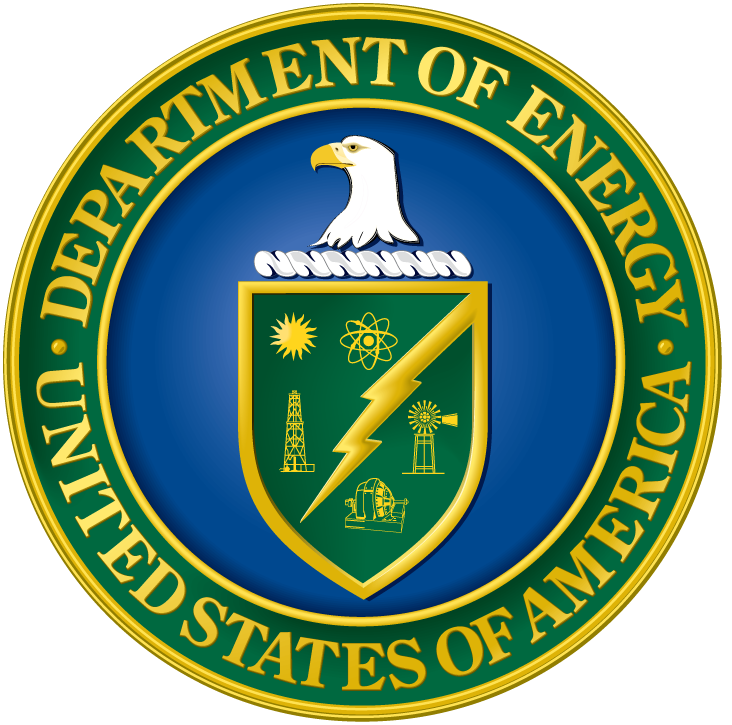
Nuclear Reactors 1353 – U.S. Renews Interest In Recycling Spent Nuclear Fuel – Part 1 of 3 Parts.
Part 1 of 3 Parts
The nuclear waste sitting at power plants across the United States contains enough radioactive materials to power the country for more than one hundred years at the current rate of power consumption. Recycling spent nuclear fuel was banned in the U.S. in 1977. President Jimmy Carter was afraid that nuclear reprocessing could result in the production of weapons-grade nuclear materials which could be used to make nuclear weapons.
In the past forty-seven years, China, France, Japan, Russia and the United Kingdom have all developed the technology necessary to recycle spent nuclear fuel into new fuel. The U.S. made a plan to bury spent nuclear fuel underground and even began construction of a facility. However, the project was abandoned without a clear alternative.
The short-term spending bill passed this week in the U.S. House of Representatives to avert a government shutdown contains the first major government funding for commercializing technology to help recycle spent nuclear fuel.
The new legislation dedicates ten million dollars to a cost-sharing program to help private nuclear startups pay for the expensive federal licensing process. For first time, nuclear waste-recycling companies are eligible for these government funds according to separate documents from Congress explaining what’s in the 1,050-page bill that passed Wednesday.
Craig Piercy is the chief executive of the American Nuclear Society (ANS). The ANS is a professional organization that promotes nuclear science and technology. Piercy said, “There is developing commercial interest in nuclear-fuel recycling. What Congress is doing is providing some assistance to begin exploring the regulatory pathways to allow this to become a commercial reality.”
Ten million dollars is a relatively small down payment to help launch an industry that may ultimately require billions to get off the ground. However, its inclusion in a spending bill with bipartisan support from both Republicans and Democrats represents a shift on what was once one of the most polarizing issues with respect to nuclear energy. The funding was a particular priority for Rep. Chuck Fleischmann (R-Tenn.) who is a supporter of nuclear energy. On the other side of the aisle, Rep. Alexandria Ocasio-Cortez (D-N.Y.), a left-wing stalwart, also recently came out in support of recycling spent nuclear fuel.
Edward McGinnis spent 30 years working on nuclear power at the Energy Department before becoming the chief executive of the fuel-recycling startup Curio. He said, “This is a big deal. It’s the first time that we’re seeing recycling and reprocessing as a funding item. That says a lot. That is a reflection of how much the nuclear policy landscape in a bipartisan way has changed.”
The California-based reactor startup Oklo Inc. is working on developing technology to commercialize spent nuclear fuel reprocessing with plans to ultimately recycle all its own fuel. Last month, Wisconsin-based SHINE Technologies signed an arrangement with French uranium mining and manufacturing giant Orano to produce new reactor fuel from recycled spent nuclear fuel.
Reprocessing spent nuclear fuel involves extracting and handling the types of dangerous isotopes of radioactive elements, such as plutonium, that can be used in the construction of nuclear weapons.Please read Part 2 next
-
Nuclear News Roundup March 04, 2024
US prepared for ”nonnuclear” response if Russia used nuclear weapons against Ukraine – NYT | Ukrainska Pravda Pravda.com.ua
Turkey continuing negotiations over new nuclear power plants world-nuclear-news.org
Australian synchrotron goes solar world-nuclear-news.org
Ukraine interested in cooperation with Korea in infrastructure, nuclear projects Ukrinform.net
-
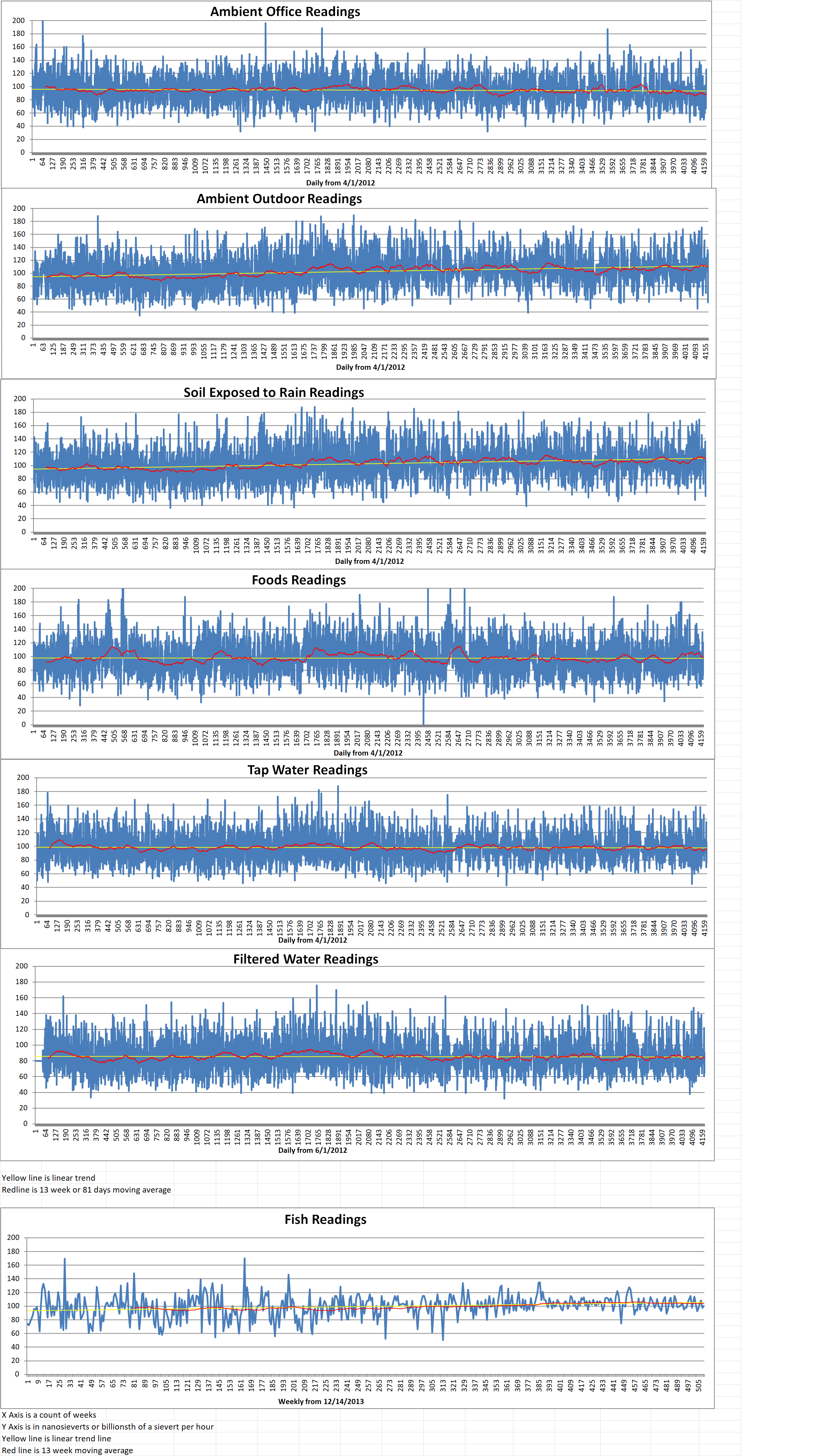
Geiger Readings for March 04, 2024
Ambient office = 126 nanosieverts per hour
Ambient outside = 77 nanosieverts per hour
Soil exposed to rain water = 75 nanosieverts per hour
Red bell pepper from Central Market = 73 nanosieverts per hour
Tap water = 80 nanosieverts per hour
Filter water = 67 nanosieverts per hour
-
Nuclear News Roundup March 03, 2024
13 years after Fukushima nuclear disaster, Japan remembers the dead and vows to keep rebuilding informnny.com
Northwest site is safe for nuclear repository: NWMO ca.news.yahoo.com
China’s nuclear plants released tritium above Fukushima level in 2022 english.kyodonews.net
US prepared for “nonnuclear” response if Russia used nuclear weapons against Ukraine Pravda.com.ua
